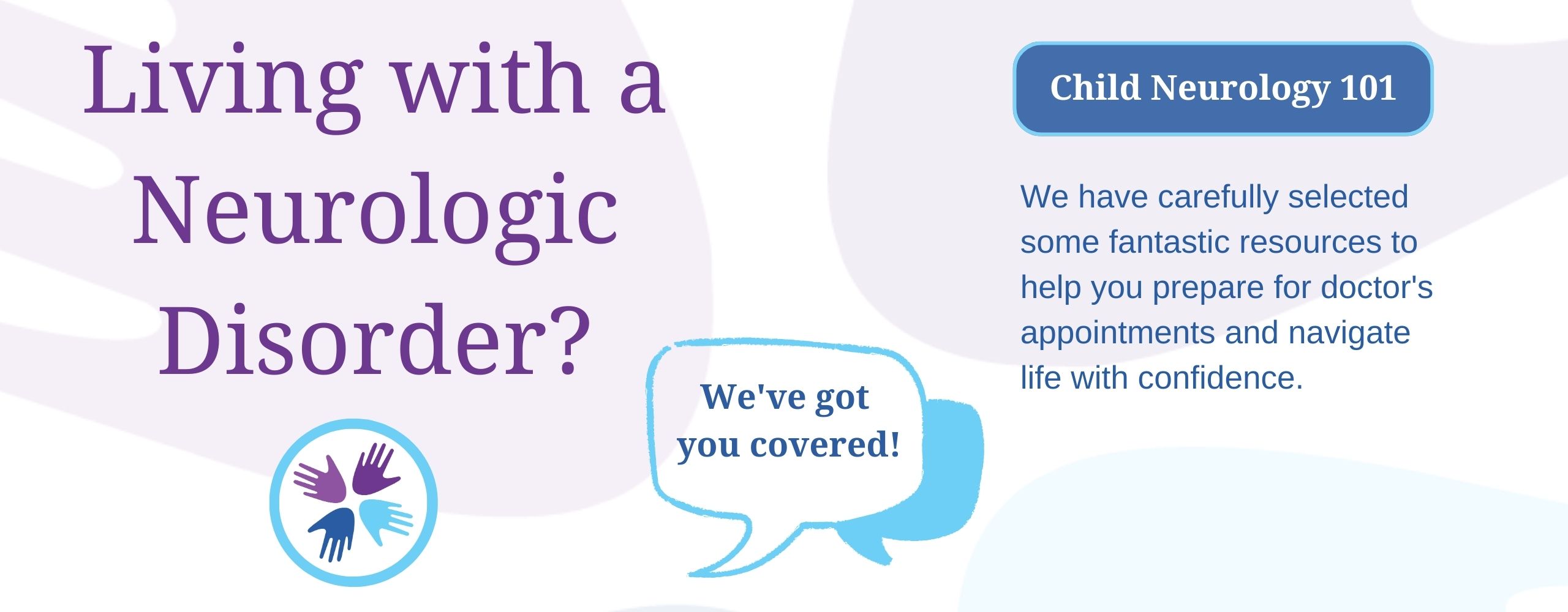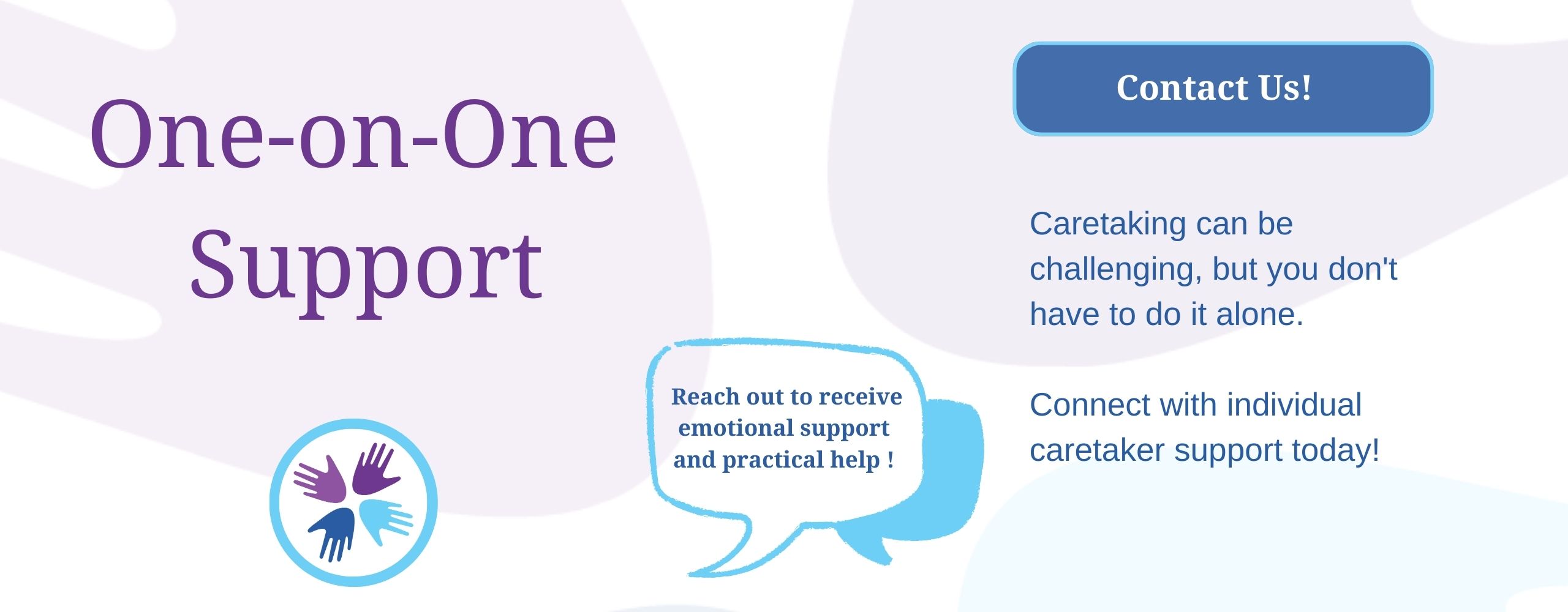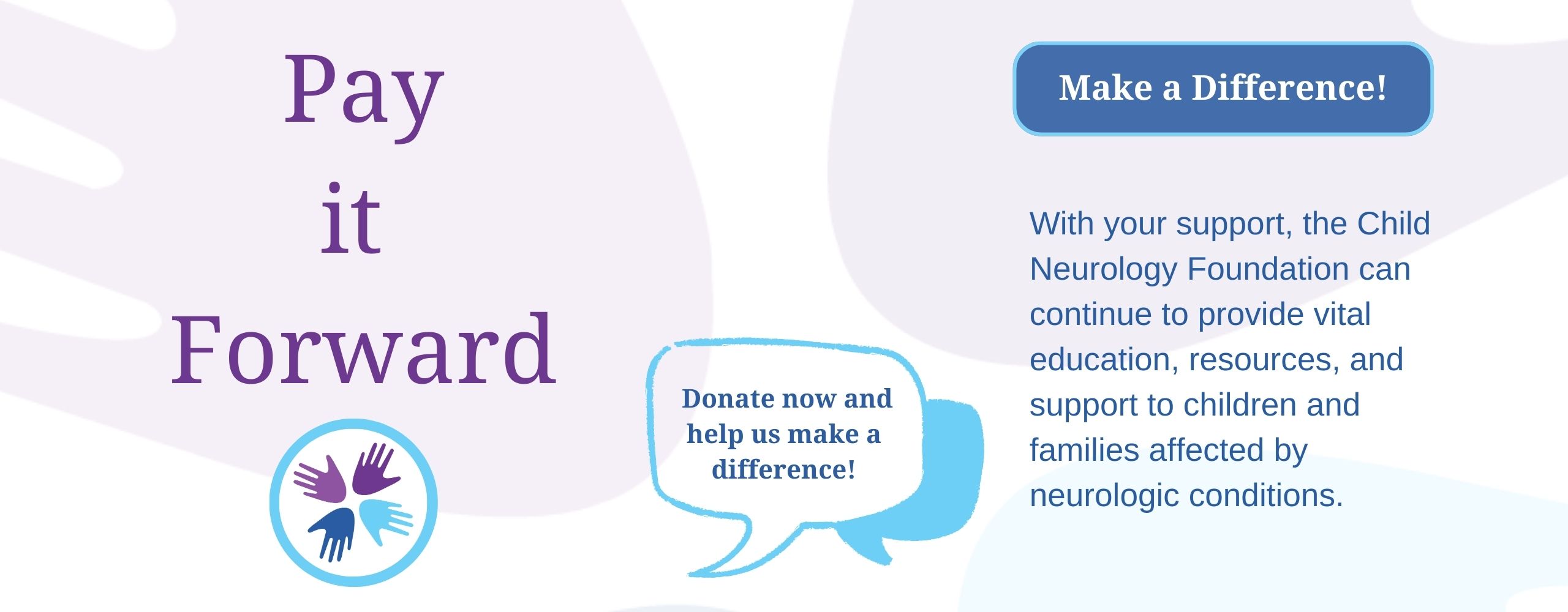
Authors: Azara Singh, MBBS, MD , Charleston Area Medical Center, Charleston, WV
Reviewed: July 2023
SUMMARY
An arachnoid cyst is a sac containing fluid. It can form in the brain or the spinal cord.
The brain is bathed in a fluid. This fluid is called cerebrospinal fluid (CSF). It is produced in the ventricles. Ventricles are the fluid-filled chambers in the brain. CSF performs different functions. These are:
- Protecting the brain
- Providing nutrients to the brain
- Removing waste from the brain
Membranes surround the brain and spinal cord. These membranes are called the meninges. The meninges have three layers. From the outside in, these layers are:
- The dura mater
- The arachnoid mater
- The pia mater
CSF is present between the arachnoid mater and the pia mater. It is produced in the ventricles.
Sometimes, the arachnoid membrane forms a sac. This sac is filled with CSF. This is called an arachnoid cyst.
JUMP TO
Disorder Overview
DESCRIPTION
An arachnoid cyst is a sac that forms when the arachnoid membrane splits. It can form in:
- The brain
- The spinal cord
This sac is lined with ependymal cells. Ependymal cells produce CSF. Over time, the sac becomes filled with CSF. It is then called an arachnoid cyst.
About 2.6% of children have arachnoid cysts. Most arachnoid cysts are found in childhood, but sometimes they can be found in adults.
SIGNS AND SYMPTOMS
Arachnoid cysts can be:
When they do cause symptoms, these commonly include:
They may also cause less common symptoms, such as:
- Difficulty swallowing
- Difficulty speaking
- Vision problems
- Hearing problems
- Hormone problems
- Dizziness
- Vomiting
- Balance problems
Very rarely, they may cause hydrocephalus. Hydrocephalus is when CSF builds up in the ventricles. This happens when the cyst blocks the flow of CSF out of the ventricles. Symptoms of hydrocephalus include:
- Severe headache
- Vomiting
- Increasing head size
- Increased sleepiness
- Refusing to eat or drink
CAUSES
The brain develops during pregnancy. Some arachnoid cysts form when the brain is developing. These are called primary arachnoid cysts. We do not fully understand why some people develop primary arachnoid cysts.
Sometimes, arachnoid cysts form after injury to the brain. These are called secondary arachnoid cysts. Types of injury include:
- Surgery
- Infections in the brain
- Bleeding in the brain
- Tumors in the brain
LABORATORY INVESTIGATIONS
Scans that take images of the brain may help in diagnosis. These include:
- Magnetic resonance imaging (MRI) scans
- Computerized tomography (CT) scans
MRI scans are usually better at identifying arachnoid cysts.
Ultrasounds are part of prenatal care. Sometimes, arachnoid cysts can be seen on ultrasounds. If they are seen, MRI scans can be done for the baby after delivery. The MRI scans confirm whether an arachnoid cyst is present.
TREATMENT AND THERAPIES
Monitoring
Surgery
Surgery can be performed if:
- The cyst is very large, pressing on surrounding structures
- The cyst is causing symptoms, like headache or seizures
- The cyst is causing hydrocephalus
Surgery for arachnoid cysts is performed by a neurosurgeon. Surgery for arachnoid cysts may include:
- Draining the cyst. This is called fenestration.
- Placing a drainage system, called a shunt. This treats hydrocephalus. It prevents CSF from building up in the ventricles.
OUTLOOK
Prognosis
Some people with arachnoid cysts never have problems. They do not need any treatment. They have a very good prognosis.
Most people with symptomatic arachnoid cysts have a good prognosis with treatment.
Without treatment, people with symptomatic arachnoid cysts can have:
- Seizures
- Headaches
- Hydrocephalus
- Bleeding into the cyst
- CSF leaks (when fluid leaks out of the arachnoid cyst)
- Brain injury that cannot be reversed
- Death
Long-Term Effects
Some arachnoid cysts cause symptoms. Surgery usually cures these symptoms.
Sometimes arachnoid cysts can grow back after surgery. This is very rare. When this occurs, they may need to be removed again.
Symptomatic arachnoid cysts need treatment. Without treatment, they may cause permanent damage.
RELATED DISORDERS
These are disorders that are related or similar to arachnoid cysts:
- Hydrocephalus
- Mega cisterna magna
- Subdural hygroma
- Porencephaly
Resources
Arachnoid Cyst Awareness
Arachnoid Cyst Awareness is a private Facebook group for all who are diagnosed with an arachnoid cyst, and their supporters. They provide a private place to talk about issues surrounding the diagnosis of arachnoid cyst and offer support. The group also has compiled a list of neurologists and neurosurgeons worldwide who understand the symptoms for these patients. Currently, they have almost 5,000 members worldwide.
Child Neurology Foundation (CNF) solicits resources from the community to be included on this webpage through an application process. CNF reserves the right to remove entities at any time if information is deemed inappropriate or inconsistent with the mission, vision, and values of CNF.
Research
These are clinical trials that are recruiting or will be recruiting. Updates are made daily, so you are encouraged to check back frequently.
ClinicalTrials.gov is a database of privately and publicly funded clinical studies conducted around the world. This is a resource provided by the U.S. National Library of Medicine (NLM), which is an institute within the National Institutes of Health (NIH). Listing a study does not mean it has been evaluated by the U.S. Federal Government. Please read the NLM disclaimer for details.
Before participating in a study, you are encouraged to talk to your health care provider and learn about the risks and potential benefits.
For more information about participation in clinical trials, check out our education hub on the topic here.
References
Mustansir F, Bashir S, Darbar A. Management of Arachnoid Cysts: A Comprehensive Review. Cureus. 2018 Apr 10;10(4):e2458. https://doi.org/10.7759/cureus.2458. PMID: 29888162; PMCID: PMC5991924.
Öcal E. Understanding intracranial arachnoid cysts: a review of etiology, pathogenesis, and epidemiology. Childs Nerv Syst. 2023 Jan;39(1):73-78. https://doi.org/10.1007/s00381-023-05860-0. Epub 2023 Feb 3. PMID: 36732378.
Carbone J, Sadasivan AP. Intracranial arachnoid cysts: Review of natural history and proposed treatment algorithm. Surg Neurol Int. 2021 Dec 20;12:621. https://doi.org/10.25259/SNI_946_2021. PMID: 34992937; PMCID: PMC8720473.
The information in the CNF Child Neurology Disorder Directory is not intended to provide diagnosis, treatment, or medical advice and should not be considered a substitute for advice from a healthcare professional. Content provided is for informational purposes only. CNF is not responsible for actions taken based on the information included on this webpage. Please consult with a physician or other healthcare professional regarding any medical or health related diagnosis or treatment options.
Thank you to our 2023 Disorder Directory partners:








